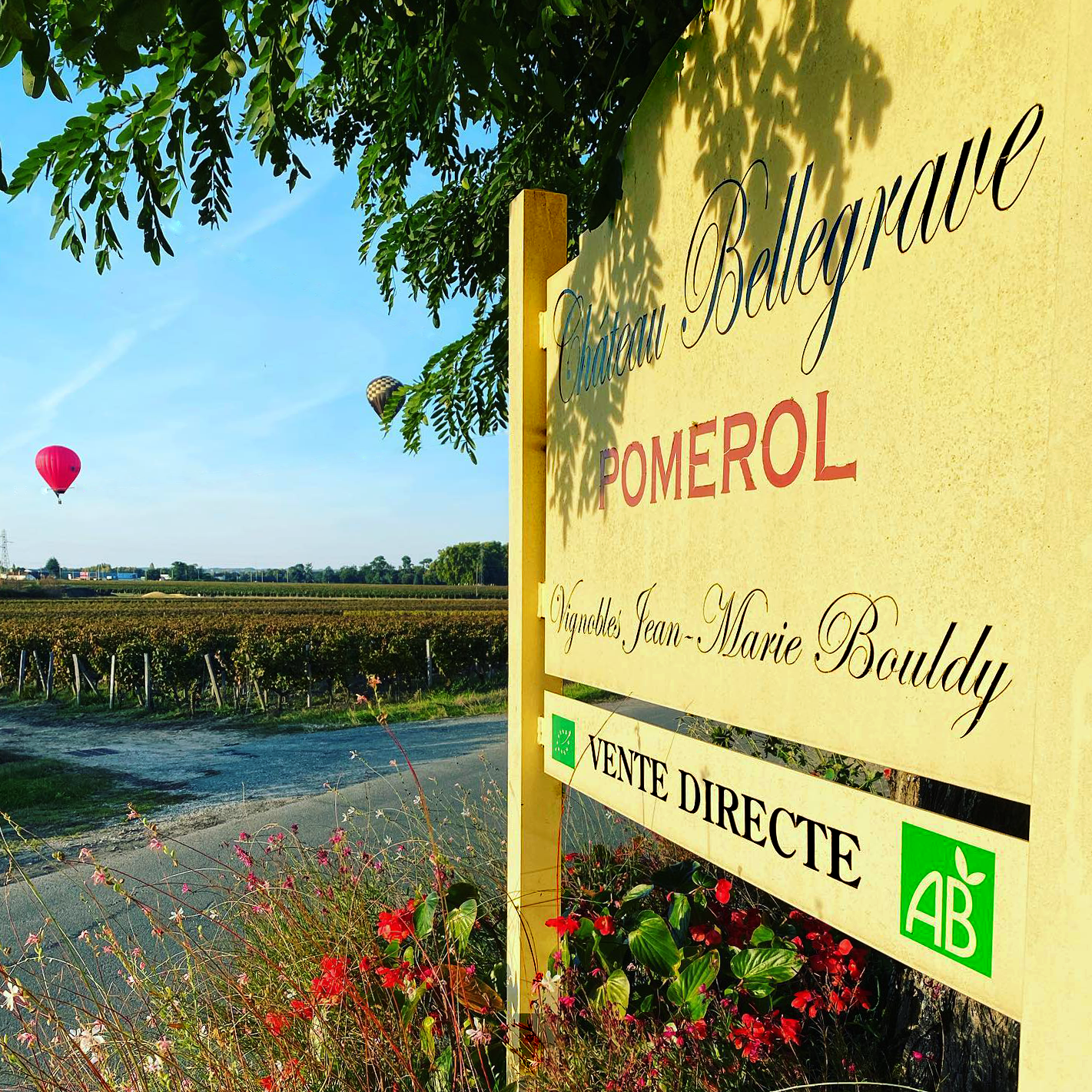Summary
The paternal and maternal grandparents of the modern-day owners of the chateau arrived in Gironde from central France in the late 19th and early 20th centuries, respectively. They made the decision to dedicate themselves to agriculture and wine-growing in Arveyres, a municipality near Libourne, making Bordeaux Supérieur.
Later on, son Jean Bouldy and his wife Andrée bought Château Bellegrave in 1951. The couple threw themselves into the task of winemaking, both in the vineyard and in the cellar. In the second half of the 20th century, the Bouldys were one of the families bringing fresh momentum to the Pomerol appellation.
Jean and Andrée’s son Jean-Marie took over the estate in 1980 and was joined by his wife Pascale in 1995. Their children also began working at the estate (Aurélie in 2014 and Jean-Baptiste in 2015), continuing Château Bellegrave’s family orientation.
Originally, the wine-growing processes used were sustainable albeit ‘conventional’(soil tilling by machine to avoid herbicide use, manure etc.), but synthetic pesticides were still used in the vineyards. In the early 2000s when a new law required growers to provide safety data sheets, the Bouldys discovered that products they were using were in fact hazardous. Jean-Marie responded by immersing himself in works devoted to organic cultivation, attended seminars and conferences, and undertook tests and studies on select plots of land.
Having made the decision to convert all of his vineyards to organic agriculture, it was a colossal undertaking - prolonged, painstaking work to re-establish the soil’s underground life. Jean-Marie began an ‘unofficial’ conversion in 2001 and officially converted with the ECOCERT certification in 2009.
Jean-Marie’s ethos: ‘We have to say mass among the vines!’ This is not magic, but agronomy, and a new dialogue with the land. Nor is it a return to the Middle Ages, in fact quite the opposite: the approach is built on cutting-edge science and technology with an all-inclusive view of the plant, the soil, the climate, the seasons, the moon, biodiversity, and flora and fauna. Hares are back running between the rows and birds are nesting again beneath the Merlot leaves.”
Most of the work is done among the vines, without any need for being overly interventionist in the winery. The wine’s quality and lasting excellence alone demonstrate the family’s commitment to quality and taste. All the essentials are there: Pomerol and organic all in one!


